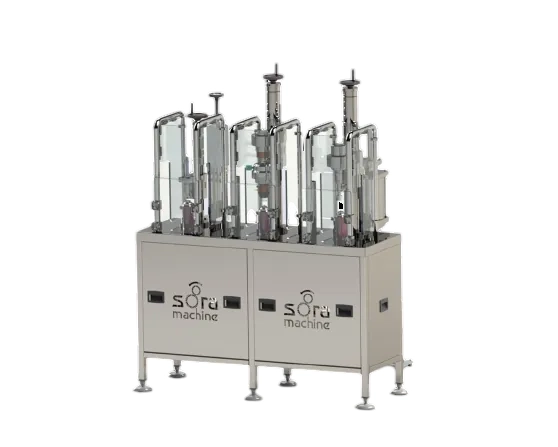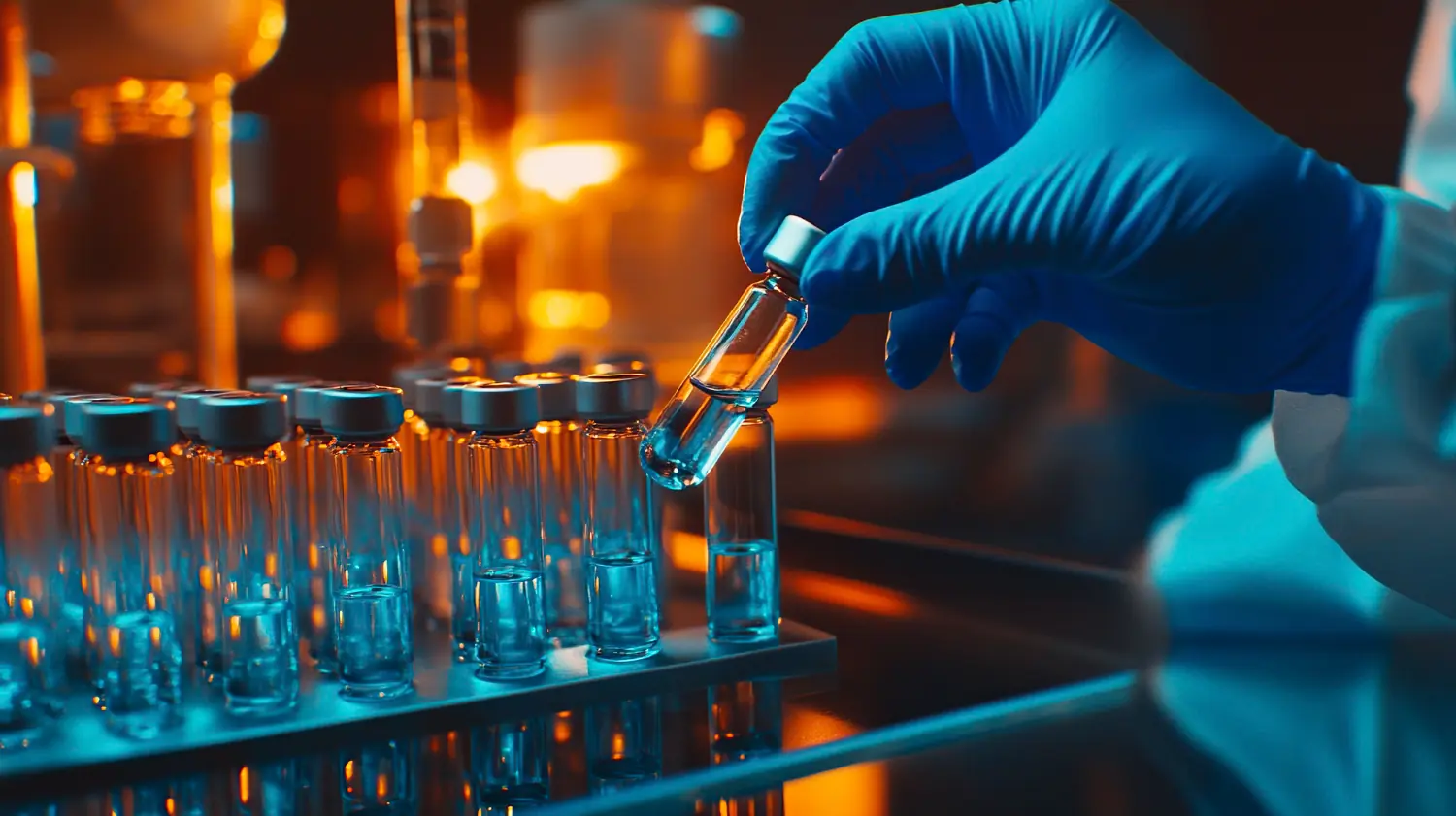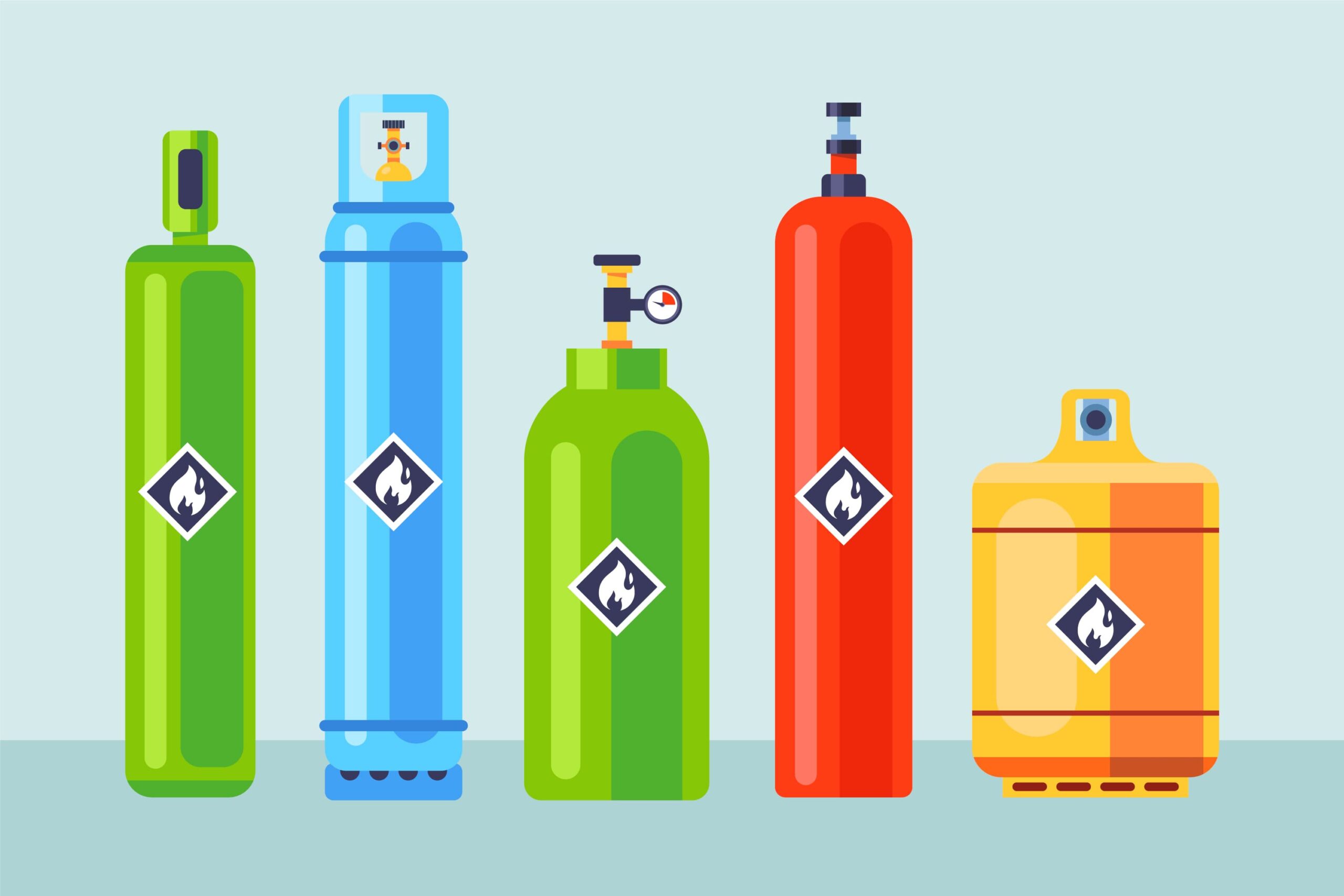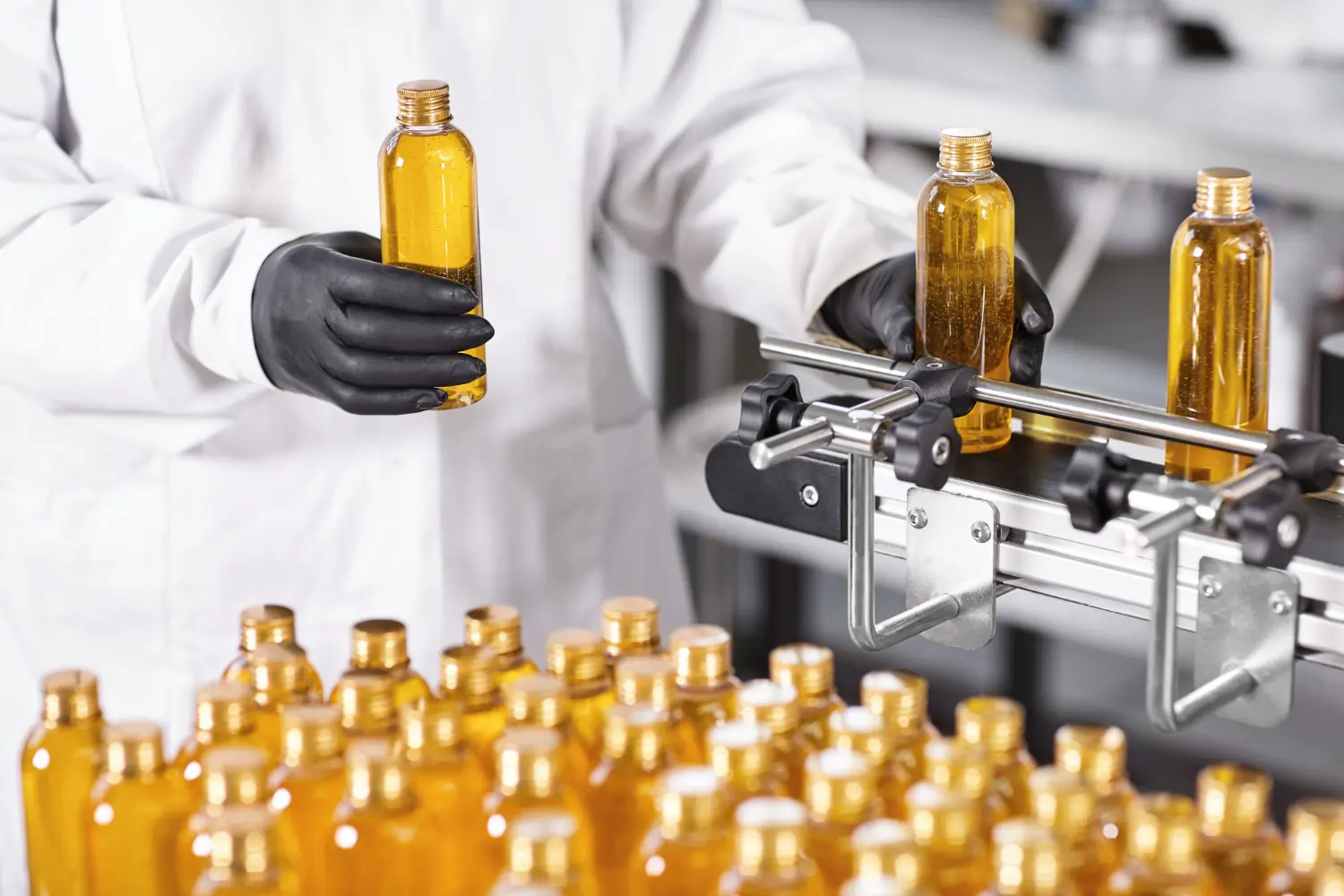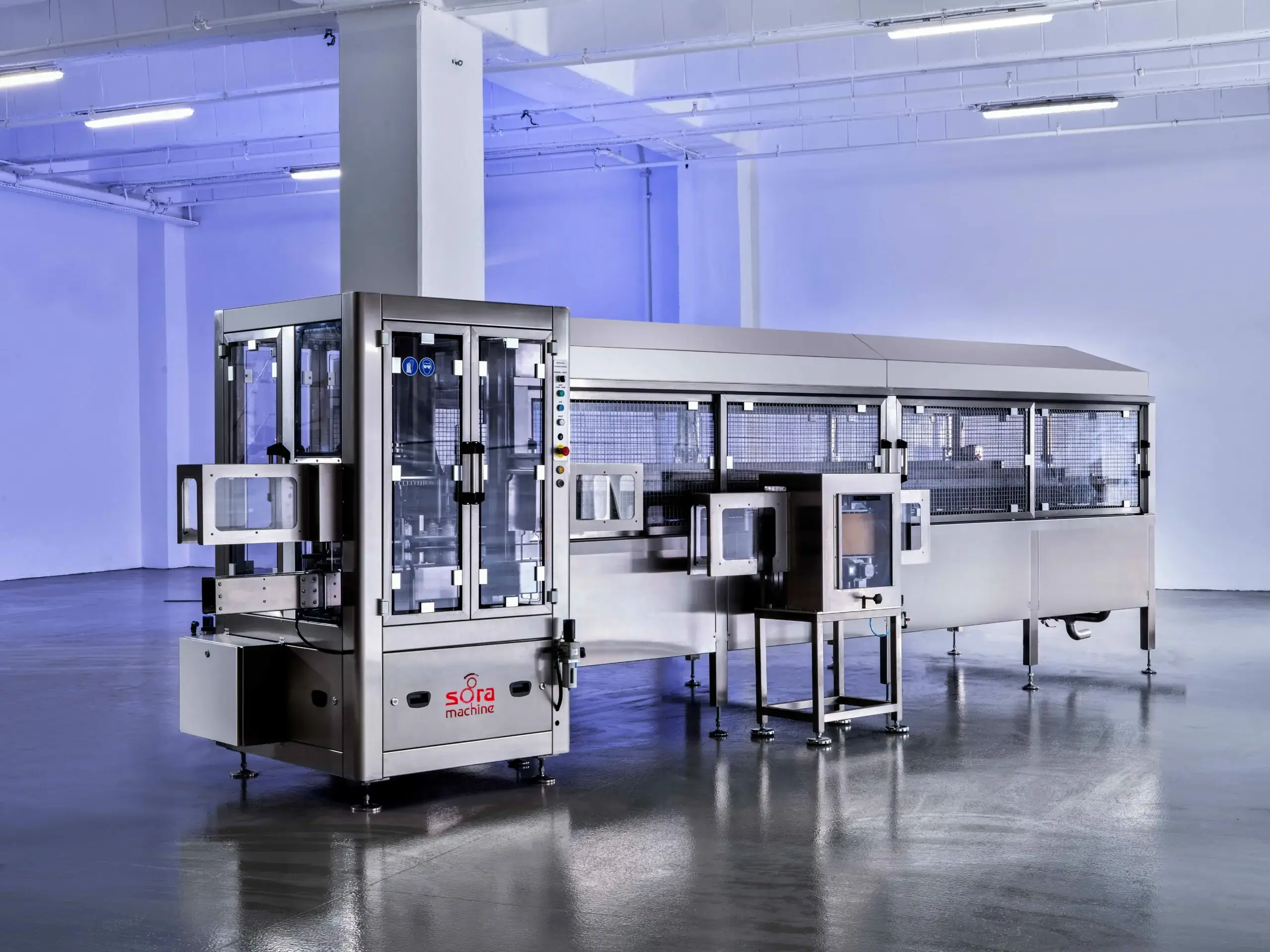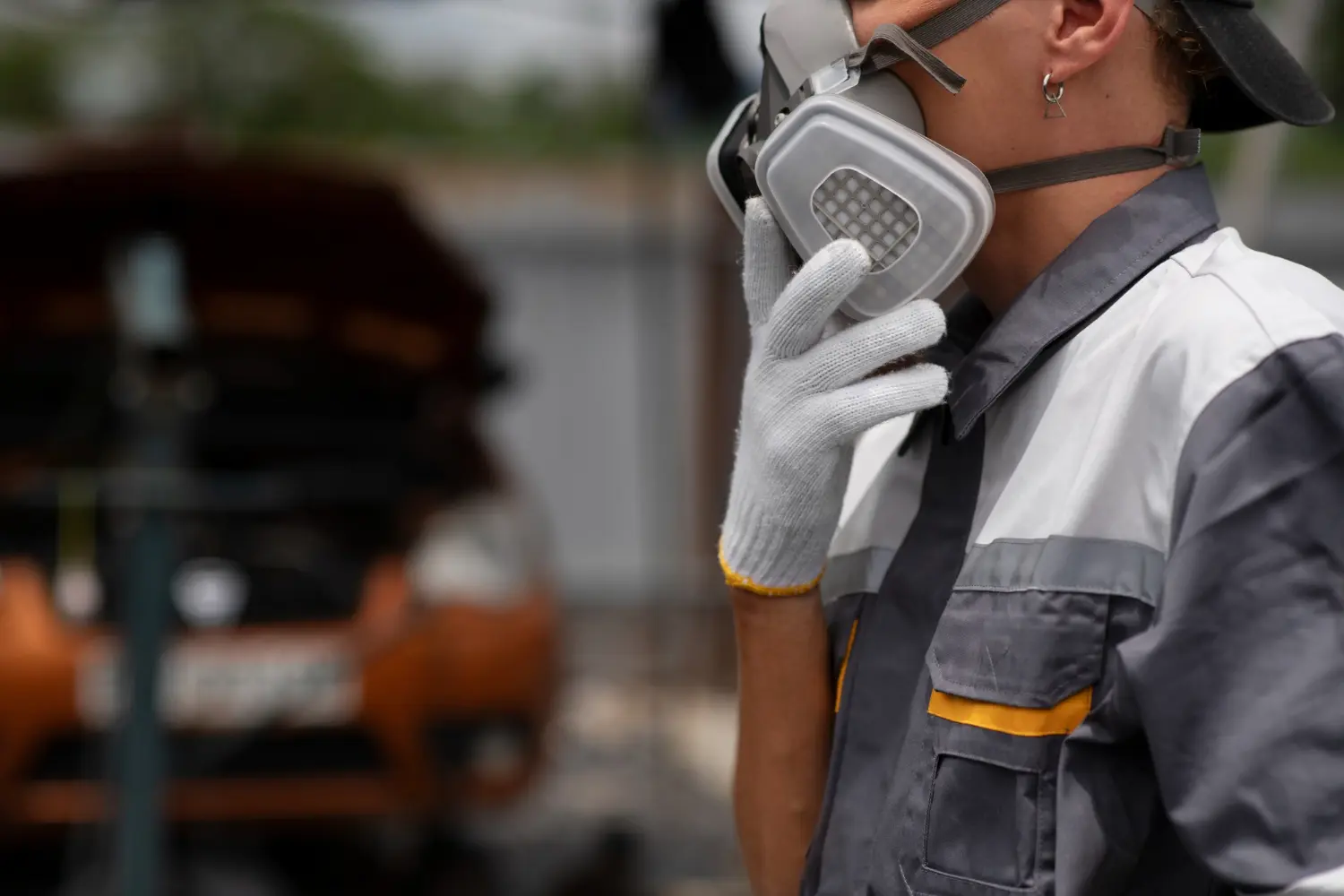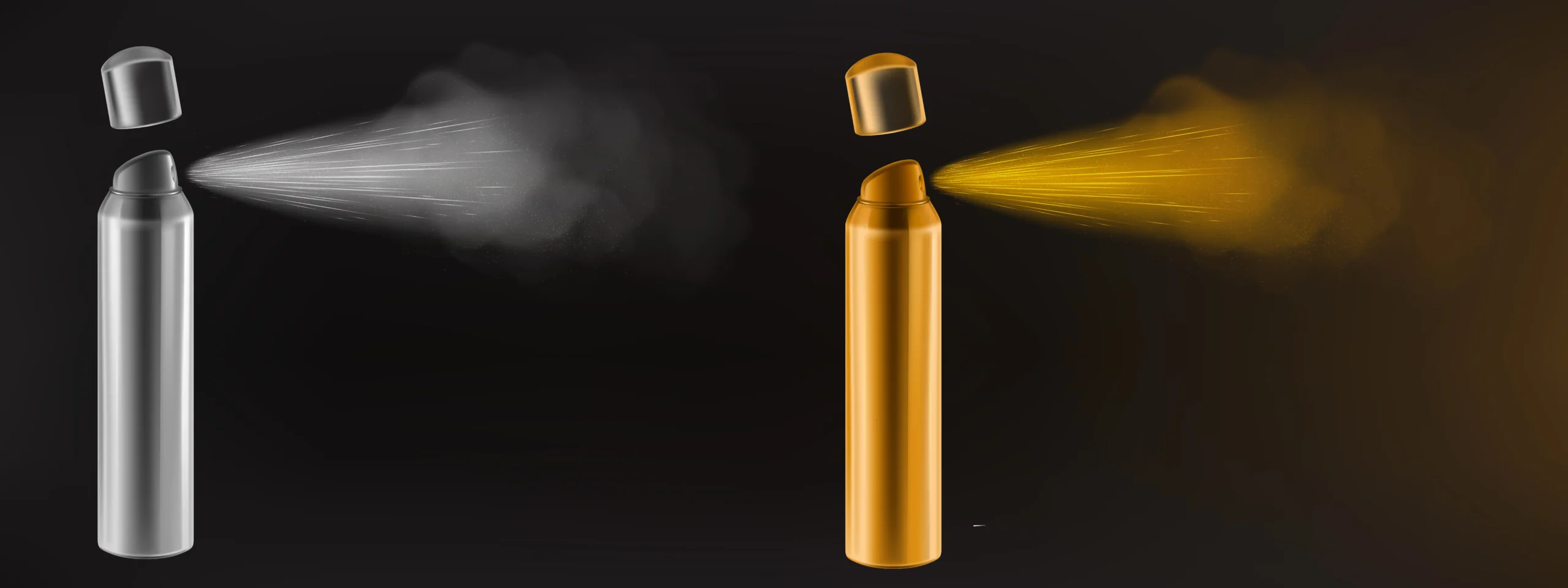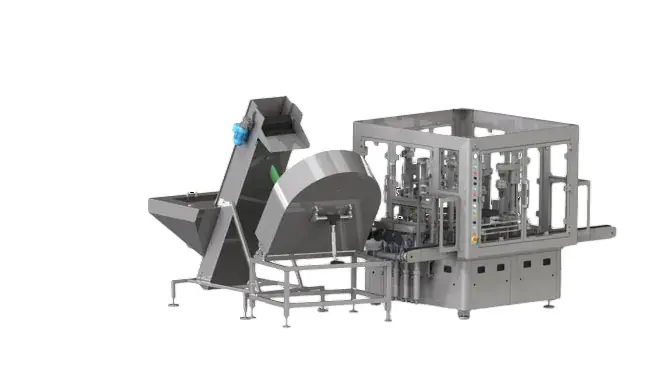What Should I Plan Before Starting an Aerosol Laboratory Setup?
Setting your lab’s goals is essential before you begin purchasing supplies and equipment. Which goods will be created or investigated? How much testing or production is anticipated? Which kind of aerosols—personal care, medical, residential, or industrial—will be addressed?
The first stage in establishing an aerosol laboratory is determining the lab’s size. Will you only focus on research and development, aside from small-scale production? This helps determine how much money and space are required. Because many aerosol propellants are flammable, consideration must also be given to ventilation, zoning regulations, and fire safety regulations.
Anticipating future scalability is essential. A lab that starts with basic testing might expand into pilot production, so having a flexible layout and modular equipment options is a smart move. Space planning should also account for safe storage of flammable materials, waste disposal systems, and dedicated areas for pressurization and crimping processes.
In short, before starting an aerosol laboratory, you should plan for location, layout, power supply, ventilation, explosion-proof infrastructure, and compliance with national safety codes. All these decisions affect your aerosol laboratory cost and equipment needs.
What Basic Equipment Should an Aerosol Laboratory Have?
Your aerosol laboratory equipment list will largely depend on your production volume and research needs. However, there are core items that nearly every lab should include to maintain functionality and safety.
Here are the essentials:
- Laboratory Type Aerosol Filling Machine: This is the heart of your operation. A bench-top or semi-automatic aerosol filling machine designed for low to medium production will suffice for most labs. Make sure it is compatible with various propellants and formulations.
- Crimping Unit: An essential for sealing valves onto cans. Choose a lab-grade unit with adjustable heads to accommodate different can sizes.
- Gas Filling Station: For propellant filling, this unit needs to be accurate and built with explosion-proof components.
- Checkweigher: Precision is key in formulation and compliance. Digital analytical balances are a must.
- Leak Tester: A water bath or vacuum system helps test for valve leaks and ensures quality control.
- Can Coding / Labeling Machine: If you plan on doing small production runs, labeling is important for traceability.
Standard lab supplies such beakers, stirrers, pH meters, and viscosity measuring tools are required in addition to core equipment.
Purchasing high-quality equipment guarantees a safer workplace, compliance, and consistent output. The equipment in your aerosol lab should be sturdy, dependable, and simple to maintain.
How Much Does it Cost to Set Up an Aerosol Laboratory?
Depending on the size of the lab, the kind of equipment required, and whether the focus is on manufacturing, research, or development, the cost of setting up an aerosol laboratory might vary significantly. A more sophisticated lab would need high-precision instruments, automation systems, specialized ventilation, and a strong safety infrastructure, whereas a basic setup might merely contain standard measurement and analysis equipment. The total investment is also impacted by other factors like software programs, staff training, and quality control protocols. The planning and setup procedure also depends on adhering to safety regulations and national and international laws. It is a flexible but substantial investment because the ultimate cost is determined by the degree of technology and services selected.
How to Choose the Right Laboratory Equipment Supplier?
- Choosing the appropriate source is equally as crucial as picking the appropriate tools. Seek out wholesalers or manufacturers who have worked in the aerosol sector before, and don’t be afraid to ask for recommendations.
- Consider the following factors when choosing a supplier for your aerosol lab equipment:
- Industry Knowledge: Do they specialize in aerosol machines or are they generic lab vendors?
- After-Sales Support: Will they offer technical support, spare parts, and maintenance services?
- Installation and Training: Does the supplier help with operator training and machine setup?
- Customization: Can they tailor machines to your specific can sizes or product requirements?
- Compliance: Ensure the machines are built according to local and international safety regulations.
A reputable supplier will support you with the learning curve of running and maintaining your aerosol lab in addition to providing equipment.
See the supplier’s plant if you can, or request a video demonstration. Technical documentation, prompt response times, and clear communication are other indicators of a trustworthy partner.
How is Safety Ensured in an Aerosol Laboratory?
- Aerosol lab safety must be jeopardized. Since many aerosol components, such as butane, propane, or dimethyl ether, are flammable, it is imperative to provide an environment that reduces risk.
- The following are crucial safety precautions to take when setting up an aerosol lab:
- Ventilation: A carefully thought-out ventilation system gets rid of harmful smells and lowers the risk of an ignite.
- Explosion-Proof Equipment: Verify that all electrical infrastructure, switches, and motors are certified to withstand explosions.
- Gas sensor installation can aid in the early detection of leakage.
- It is advisable to position automatic fire extinguishing equipment near the filling area.
- Protective Equipment: Every employee should have access to lab coats, goggles, gloves, and anti-static footwear.
- Safety Instruction: Provide your employees with instruction on how to manage containers under pressure and what to do in case of an emergency.
- Maintain regular maintenance records and perform routine inspections of electrical systems, hoses, and valves.
- Remember that no lab is complete without a documented emergency response plan and a comprehensive risk assessment. These are crucial not just for compliance but also for protecting lives and equipment.
Aerosol lab setup is a challenging but worthwhile endeavor. Long-term success hinges on having the proper understanding of aerosol laboratory equipment, budgeting, and safety, regardless of the size of the facility—from a small R&D unit to a pre-production facility.
Prior to creating your list of aerosol laboratory equipment, plan your layout and operating requirements. Recognize the initial cost of your aerosol lab and avoid taking any short cuts in terms of safety. Lastly, spend some time selecting a supplier who will help you along the way rather than just selling you equipment.
You may drive innovation and quality in your products by setting up a dependable, effective, and legal aerosol laboratory setup with the correct planning. In this way, you have long life strategies with maintenance in aerosol filling machines.
